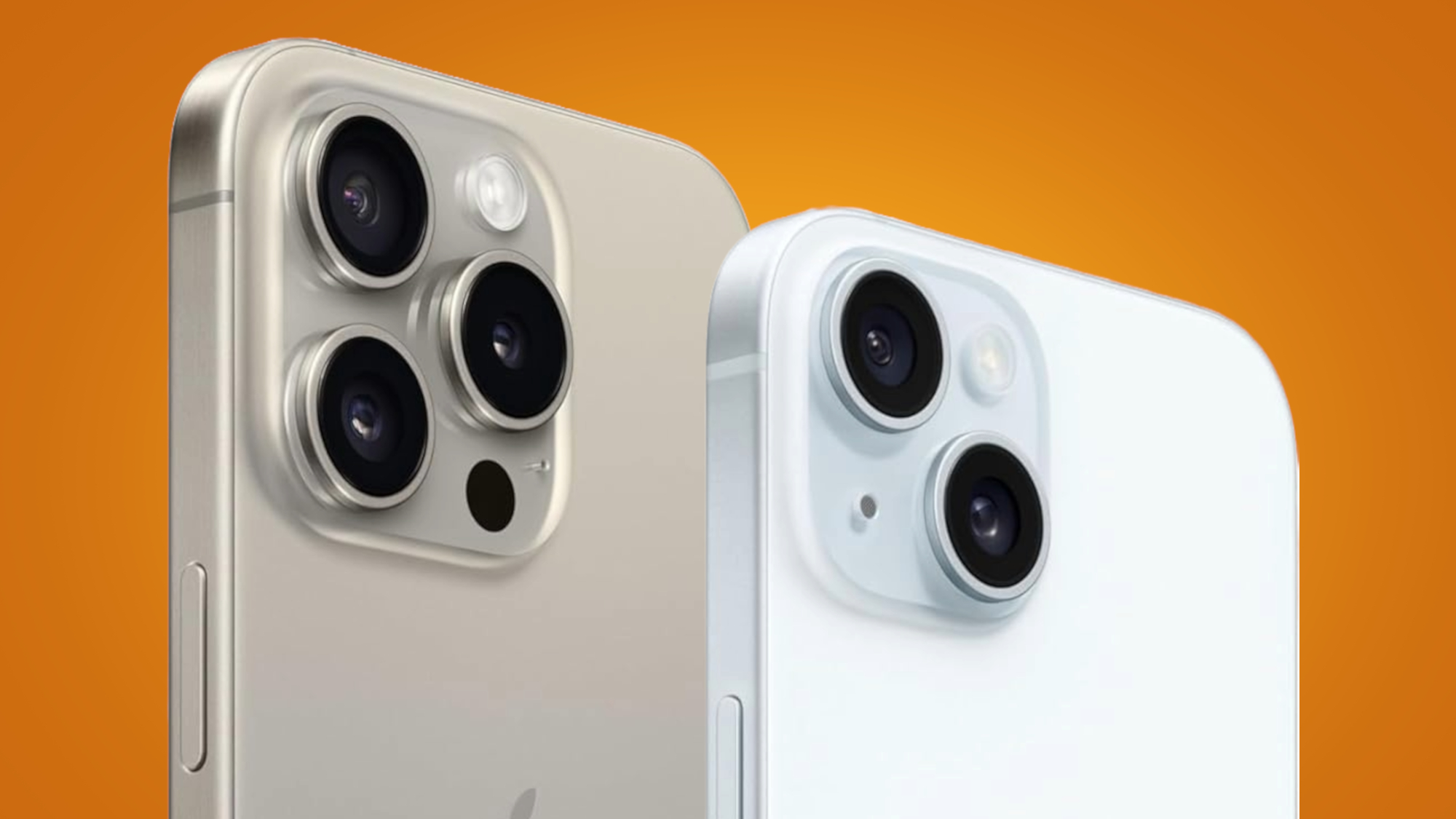
As a tech journalist, I’m used to switching up my personal smartphone on a near-monthly basis. That might sound like a chore to most people – and sometimes, it is! – but the constant chopping and changing does at least mean that I get to sample almost all of the best phones money can buy, which isn’t exactly a hardship.
Sometimes, though, the jump in quality between devices is so abrupt that it forces me to put words on the page, and my recent switch from the iPhone 15 Pro to the iPhone 15 – which was involuntary, I might add – has proven one of those occasions.
Don't get me wrong, the iPhone 15 is an extremely solid phone. In recent years, Apple's standard models have felt like minor upgrades over their respective predecessors, but the iPhone 15 bucks that trend by offering several key upgrades over the iPhone 14 – namely a slick A16 Bionic chipset, a USB-C port, a supremely capable 48MP main camera and the Dynamic Island digital cutout. Heck, there’s a reason why the iPhone 15 currently ranks as the best value iPhone on our best iPhones list. It’s a doozy!
What the iPhone 15 is not, however, is the iPhone 15 Pro. Apple’s latest 6.1-inch flagship boasts five key upgrades over the iPhone 15: a faster A17 Pro chipset, slightly more RAM, a titanium design, a 120Hz refresh rate, and a 12MP telephoto camera. While not all of those upgrades are worth the $200 / £200 / AU$350 premium you’ll have to pay for the iPhone 15 Pro, two of them (in my opinion) are absolute necessities.


Faster processor? That's neither here nor there. Yes, the combination of an A17 Pro chipset and 8GB RAM does make the iPhone 15 Pro a better gaming phone than the iPhone 15, but most iPhone owners will rarely – if ever – notice a difference in day-to-day performance. The iPhone 15’s color-infused glass is also, for me, just as impressive as the iPhone 15 Pro’s titanium, so there’s no real gulf in quality there, either.
However, when it comes to the iPhone 15 Pro’s ProMotion display (i.e. its 120Hz refresh rate), the opposite is true, and it makes the standard iPhone 15 feel downright medieval by comparison.
Refresh rate refers to the number of times per second your phone redraws the screen and shows a new image. The iPhone 15’s 60Hz refresh rate is perfectly fine if you haven’t used a display with a 120Hz refresh rate on a daily basis, but once you’ve seen The Matrix, there's no going back.
Sign up for breaking news, reviews, opinion, top tech deals, and more.
I’ve already written about why I believe 120Hz refresh rates make Apple’s Pro iPhones worth the money, and anyone who owns one of the best Android phones – almost all of which boast 120Hz refresh rates or faster – will no doubt feel as though I’m preaching to the choir here. Recently dropping back down to the iPhone 15 has made me appreciate the benefits of Apple’s ProMotion display tech even more. It makes the iPhone feel smoother than butter on a sunny day, and I miss it dearly.

I also miss the iPhone 15 Pro’s 12MP telephoto camera with 3x optical zoom, which I used for almost every Instagram story I posted over the past six months. Seriously, if you own an iPhone 15 Pro (or Pro Max), just hit the 2x zoom button before snapping your chosen subject, and the end result will look far more professional than anything you attempt to snap with the phone’s main 48MP main sensor (which is also shared with the iPhone 15).
Just take a look at these recent shots from San Fransisco, Apple Park, Sevilla and Stamford Bridge (home stadium to my beloved Cheslea FC). In every case, I was 30-50m away from the subject; you just can’t take these sorts of shots on the iPhone 15.






So, yes – as soon as I get the chance to return to the iPhone 15 Pro, I’ll be tossing the standard iPhone 15 back in the TechRadar sample cupboard faster than you can say "Tim Cook." Incidentally, we're also hearing rumors that the iPhone 15 Pro could be the cut-off point for iOS 18's best AI features, so perhaps I’ll need to make that switch sooner rather than later – you know, for ‘business reasons’.
You might also like

Axel is TechRadar's Phones Editor, reporting on everything from the latest Apple developments to newest AI breakthroughs as part of the site's Mobile Computing vertical. Having previously written for publications including Esquire and FourFourTwo, Axel is well-versed in the applications of technology beyond the desktop, and his coverage extends from general reporting and analysis to in-depth interviews and opinion.
Axel studied for a degree in English Literature at the University of Warwick before joining TechRadar in 2020, where he earned an NCTJ qualification as part of the company’s inaugural digital training scheme.